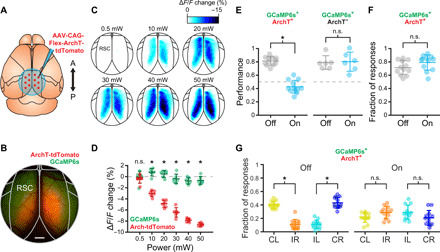Fig. 3. Suppression of RSC activity impairs context-trajectory associations.

(A) Transgenic mice expressing GCaMP6s were injected with AAV-CAG-Flex-ArchT-tdTomato (red dots: approximate injection sites) along the rostrocaudal extent of RSC in both hemispheres to drive expression of the inhibitory opsin ArchT. (B) Example mouse showing expression of ArchT (red) and GCaMP6s (green). Scale bar, 500 μm. (C) Activity maps showing the suppression of spontaneous activity in RSC immediately following (1-s window) randomly presented light pulses (550 nm, 0.5 to 50 mW) compared to immediately before the pulse (1-s window) in an example ArchT-expressing mouse at different power intensities. (D) Change in RSC spontaneous activity in the region exhibiting expression of ArchT (red) and in a control region outside of RSC only exhibiting expression of GCaMP6s [green; see (B)]. Increasing light-emitting diode (LED) power progressively decreased activity in RSC (mean ± SEM; n = 12 sessions in four mice; asterisks indicate statistical significance, Wilcoxon sign-rank test). (E) Behavioral performance of ArchT+ mice (left) was impaired in randomly interleaved trials (25%) by optogenetic inhibition of RSC activity during initial traversal of the stem of the T-maze and the decision window (n = 12 sessions in four mice). Asterisks indicate significant effect of condition in linear mixed-effects model. No effect was seen in ArchT− mice (right; n = 6 sessions in two mice). Lines indicate mean ± SD. n.s., not significant. (F) No change in the fraction of behavioral responses between trials with and without optogenetic stimulation in ArchT+ mice (Wilcoxon sign-rank test; mean ± SD). (G) Fraction of correct and incorrect responses for both contexts in ArchT+ mice during light off trials and light on trials. Asterisks indicate significant effect of condition in linear mixed-effects model, *P < 0.001. Lines indicate mean ± SD.
